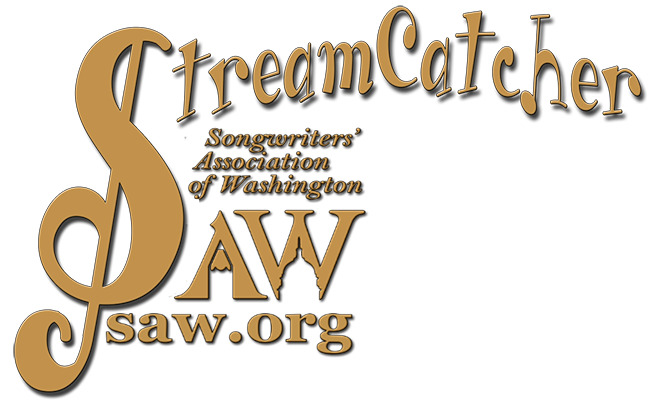The basics of how to perform online (and sound and look good and not stress out)
For: musicians that perform for online events run by someone else
Pre-recorded video (and/or document?) plus Zoom Q&A/Demo
Camera: Should you use the camera built in to your laptop? Ipad? Phone? Something else? Pros and cons
Setup/placement: Take some video of yourself to see what you look like on camera before the event. Elevate your computer/camera if it makes for a better angle or makes it easier for your viewers to see you and your instrument. Not too close or too far away from the camera.
Background/lighting. Don’t sit in front of a bright window or it’ll look like a shiny void. Look at what is in your background and avoid overly cluttered or anything that would distract. If you decide to use a virtual background remember to light yourself from the front evenly so you don’t have random body parts or instruments disappear. Keep in mind that virtual video backgrounds can eat up a lot of processing power on your computer which you may want to have available to process your sound or your stream.
Wired or wireless: The faster your internet speed the better. Wired connections are usually (but not always) better; or you may want to locate close to your router. Test your speed at https://www.speedtest.net/
Don’t make your computer do more work than it needs to: Turn off all applications except what you will need to reduce the drag on your device.
Zoom settings: Zoom’s default audio settings are set up for talking. Change your settings to optimize for music…use the app, manually adjust volume, turn on original sound, adjust background noise
A good video explaining this: https://youtu.be/mEAb4G063sM
Make sure you are familiar with Zoom basics like mute/unmute, chat, etc
Headphones/speakers: Although it can be tempting to skip headphones and use your built in or other speaker, this will create slapback problems when it’s your turn to perform unless you remember to turn off your computer sound (and then you won’t be able to hear anyone else). Get in the habit of always using headphones. Even cheap ones with a built in mic are better than not using them.
Microphone and inputs:
There are many options here, ranging from built in mics to USB mics (such as the Shure MV51) to ribbon or condenser mics. Always be sure to test and listen to your sound before your event, and experiment with volume and mic placement. A USB mic may be all you want/need for a relatively simple setup (voice and guitar), or you may need to mic instruments separately or run them through a sound board and interface.
Keep in mind:
What you hear in the room or in your headphones can be, and often is, different from what it sounds like to your listeners. There are a few things you can do to more closely monitor your sound on the fly (such as going through a sound board and interface), but it’s important to test and adjust your sound ahead of time. Do a practice online performance with friends, or set up your own Zoom meeting, record it, listen/watch and make adjustments as needed.
How to make nice with your online event host:
Many online event hosts offer the opportunity to do a quick sound check before going live. This is NOT the time to make major adjustments, decide which mic to use, or to tune your guitar – it should just be a quick double check on your sound. Even if you are feeling confident in your setup, showing up on time for the sound check helps reassure the host that you are ready to go. Your host may have certain rules and requests of musicians, but keep in mind basic etiquette … respect the time allotment you are given, mute yourself when others are playing (but may be ok to unmute for BRIEF reactions after a performance), use but don’t overuse the chat function, be supportive of the other musicians and grateful to your host.
